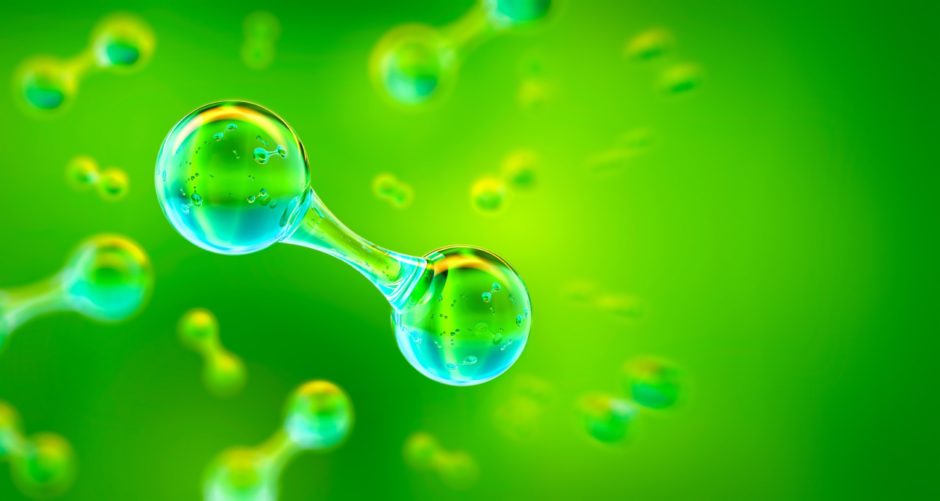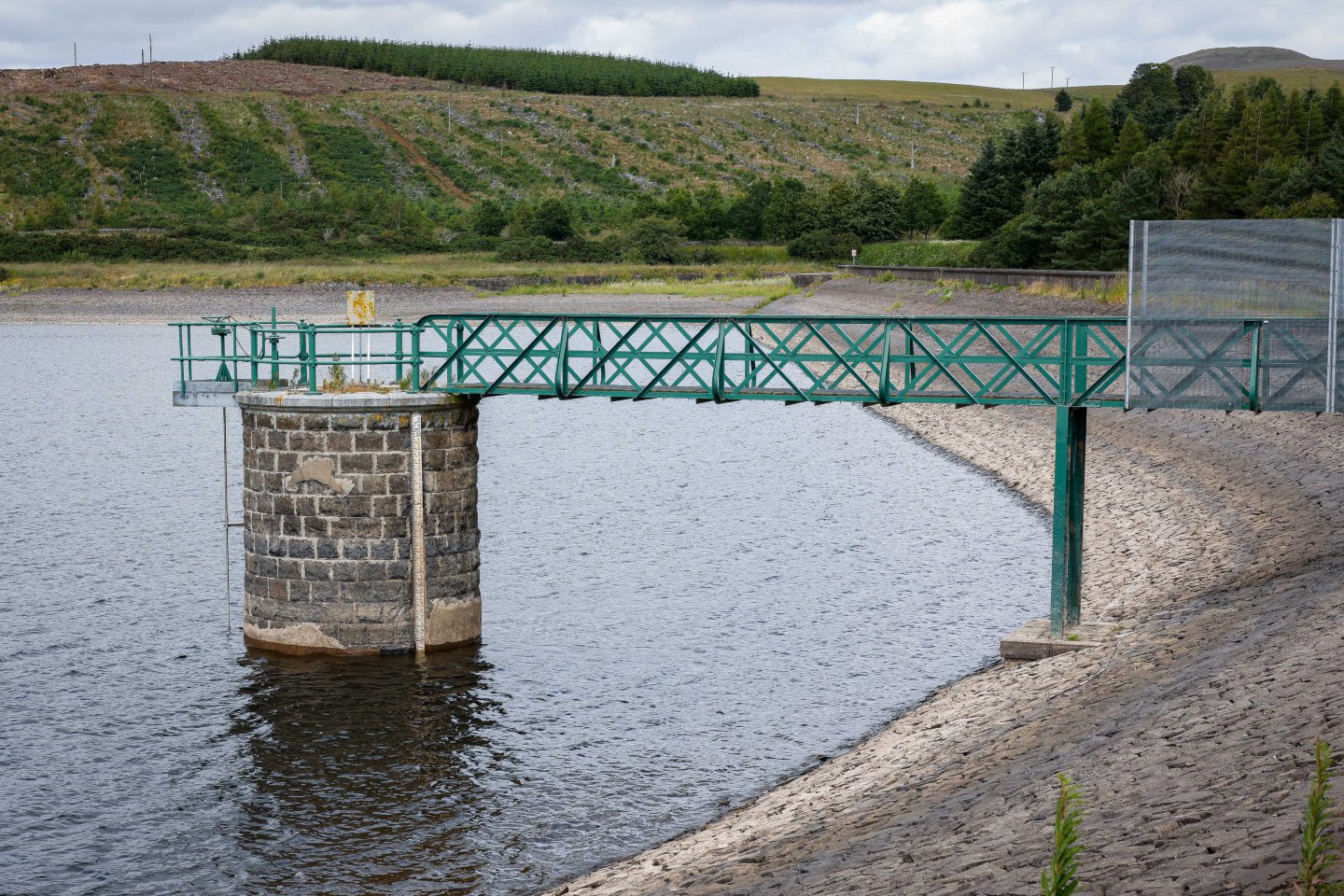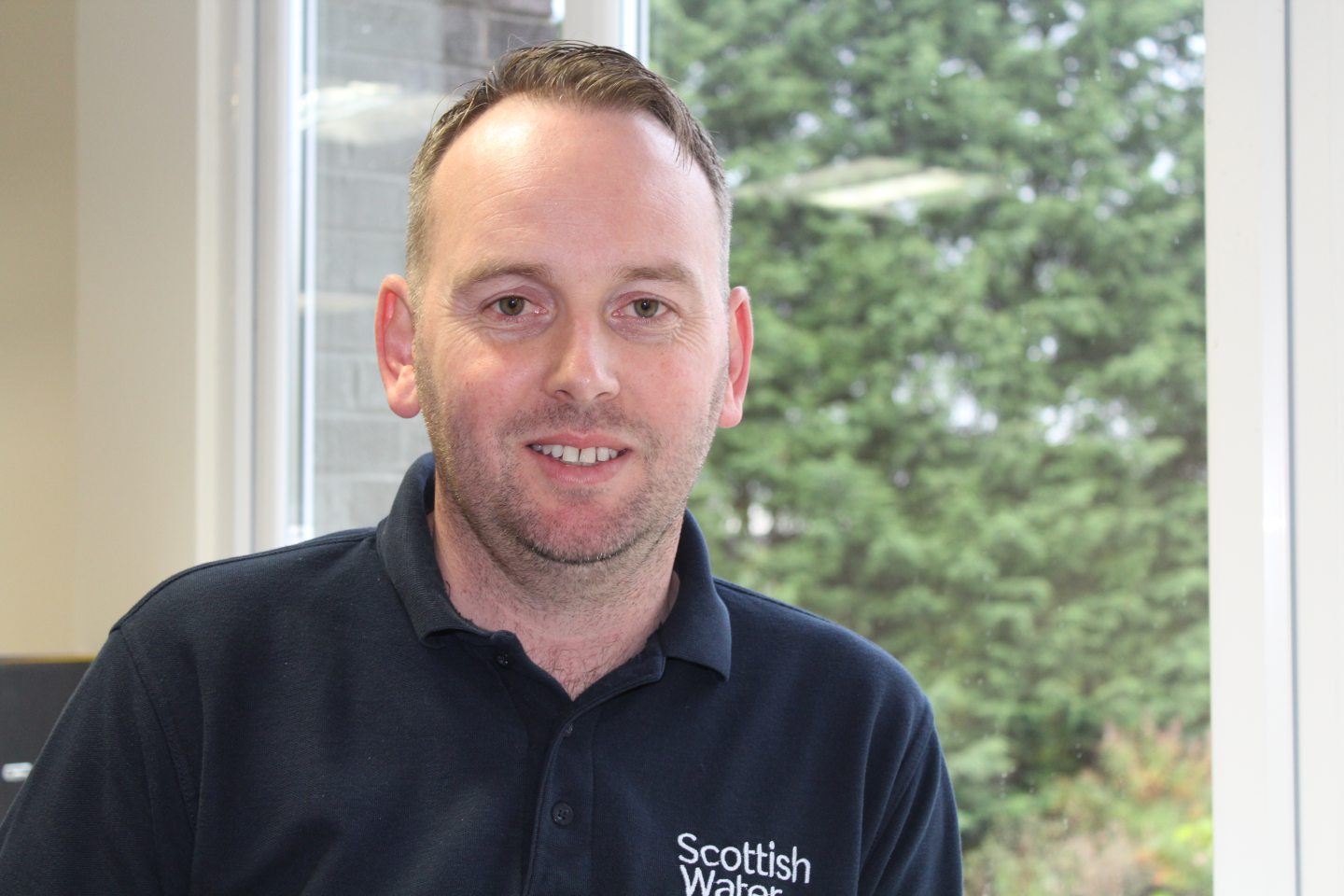
As the world transitions to cleaner energy sources, hydrogen is emerging as a cornerstone of the green energy revolution.
It is versatile, efficient, and capable of decarbonising hard-to-electrify sectors such as heavy industry and transportation.
However, producing hydrogen through electrolysis requires significant amounts of water – a challenge in a world facing growing water scarcity.
The key to solving this lies in treated final effluent (TFE) – the treated waste water discharged from treatment plants every day.
Unlike natural water sources which are becoming less predictable due to climate change, or drinking water which is essential for societal needs, TFE offers a sustainable and reliable alternative.
TFE is consistently treated to a high standard, ensuring a stable quality that simplifies pre-treatment processes for electrolysis.
In contrast, natural water sources such as rivers or lochs often fluctuate in quality due to rainfall, runoff or pollution, increasing operational costs and risks for hydrogen producers.
Meanwhile, using drinking water for large-scale hydrogen production is both wasteful and unsustainable, particularly in regions already facing water shortages.
By reducing reliance on freshwater sources and repurposing what is typically a ‘waste’, TFE supports a circular economy and ensures that essential water resources are preserved for critical needs such as drinking and agriculture.
It is a resource that grows as urban populations expand, making it a resilient and scalable solution for meeting the demands of hydrogen production in a water-constrained world.
Beyond its sustainability, TFE offers further opportunities.
Co-locating hydrogen production facilities with waste water treatment plants optimises existing infrastructure, reducing transportation and logistical costs.
Additionally, the oxygen produced during electrolysis can be repurposed to enhance waste water treatment processes or support nearby industries, creating a resource-efficient ecosystem.
Building public trust in water resource management is also crucial.
Repurposing TFE for hydrogen production demonstrates a commitment to conserving freshwater for essential needs while showcasing responsible and sustainable water use.
This approach demonstrates how industrial growth can align with environmental responsibility, proving that sustainable progress is possible.
TFE is more than just treated waste water – it’s an untapped resource ready to drive the green energy transition.
By supporting hydrogen production, TFE conserves freshwater, promotes a circular economy and ensures a reliable water supply in an uncertain future.
If we’re serious about building a sustainable hydrogen economy, now is the time to rethink how we use water.
TFE offers a smart, scalable solution that benefits the environment, industry and society.
Embracing this approach unlocks the full potential of the hydrogen revolution, proving that no resource should ever go to waste.
Colin Lindsay is the developer and hydrogen services manager at Scottish Water Horizons
Recommended for you

 © Steve Brown / DC Thomson
© Steve Brown / DC Thomson © Supplied by Scottish Water
© Supplied by Scottish Water